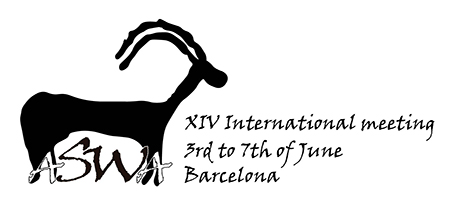This paper presents the results of the zooarchaeological studies conducted on the more than 5,500 specimens analyzed from the Late Roman and Byzantine Phases (4th-13thcenturies CE) of Çadır Höyük, central Turkey. The faunal material comes from the mound summit and an off-mound habitation area known as the North Terrace. These new data from Çadır's North Terrace define a distinctive rural central Anatolian Byzantine animal economy characterized by mixed use of livestock species, differing considerably from both the Byzantine faunal assemblages from the southern Levant, where caprines are dominant and pigs poorly represented, and from the Byzantine remains at Sagalassos in SW Turkey where cattle dominate (Perry-Gal et al.2015; Vionis et al.2010). Summit contexts at Çadır Höyük reveal the remains of discrete eating events, as well as a unique assemblage: a discrete in situ deposit representing the catastrophic kill-off of a large number of animals associated with the abandonment of the Byzantine settlement in the eleventh century CE. Together, faunal data from the North Terrace and Summit contexts, provide a unique window into the use of animals in the Byzantine period in rural central Anatolia.
Works Cited:
Perry-Gal, L., G. Bar-Oz, and A. Erlich, 2015 — Livestock Animal Trends in Idumaean Maresha: Preliminary Analysis of Cultural and Economic Aspects. Aram 27: 213-226.
Vionis, A.K., J. Poblome, B. De Cupere, and M. Waelkens, 2010 — A Middle-Late Byzantine Pottery Assemblage from Sagalassos: Typo-chronology and Sociocultural Interpretation. Hesperia 79: 423-464.

 PDF version
PDF version
